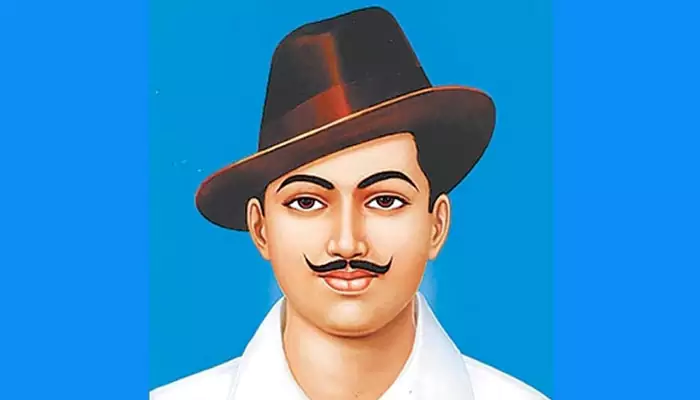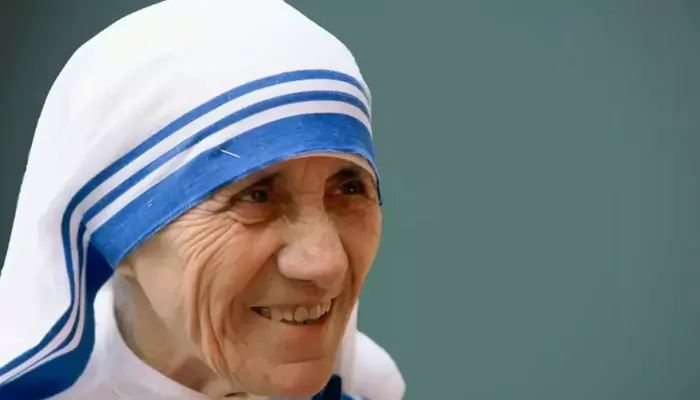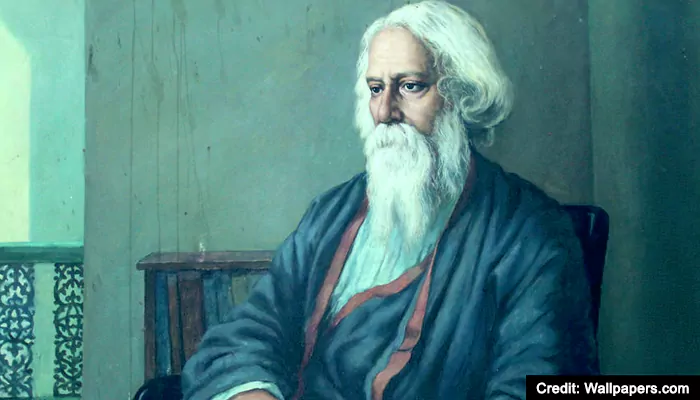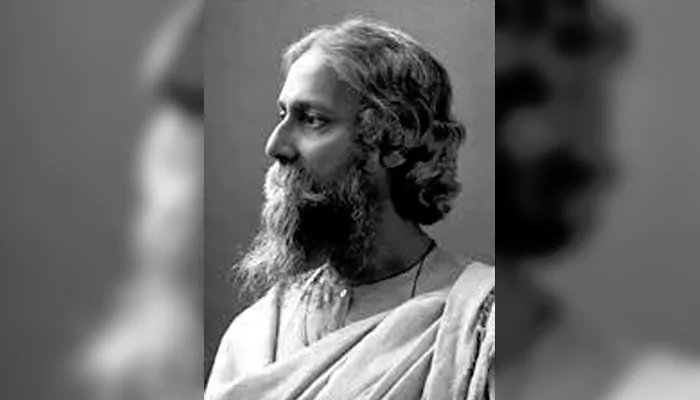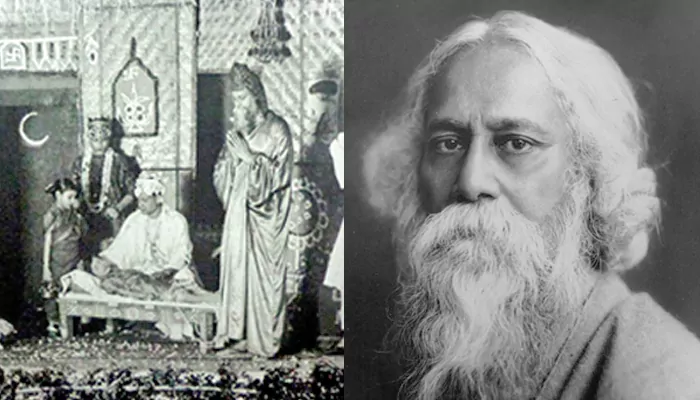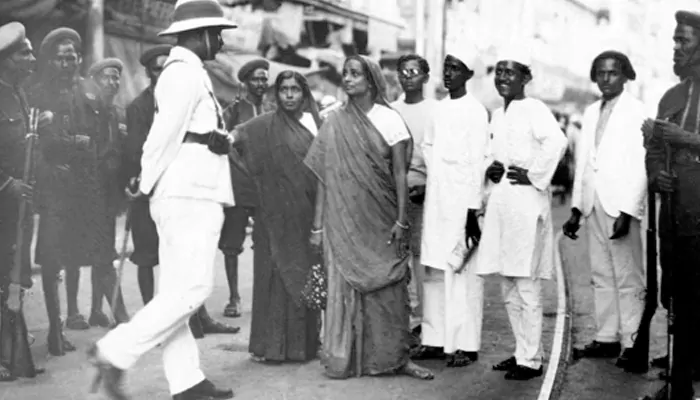
Did you know that Washington Irving found inspiration for "The Legend of Sleepy Hollow" from his fascination with folklore and his desire to capture the charm of Dutch culture in the Hudson Valley!
Washington Irving's timeless "Legend of Sleepy Hollow" has captivated readers across generations, earning its place among the cherished classics of American literature. Written in the year 1820, this haunting tale introduces us to a headless horseman who instills fear in the quaint village of Sleepy Hollow. This story is recognized as one of America's earliest and most renowned ghost stories, known for its spine-chilling allure!
For close to two centuries, the story has captured the imagination of both children and adults. From shortly after the story’s first publication until today, it has inspired many creative interpretations in almost every medium—films, books, comics, TV series, paintings, and more! However, did you know that the popular idea of a headless horseman wasn't originally invented by Irving?
The inspiration
The lore of headless horsemen has roots in the Middle Ages, with stories found in the works of the Brothers Grimm and Dutch and Irish legends. Some believe Irving drew inspiration from "an actual Hessian soldier decapitated by a cannonball during the Battle of White Plains around Halloween 1776." Additionally, Irving melded his own childhood memories of folklore and ghost stories with real locations, names, and fantasies to craft this captivating narrative!
The story
The story takes place in 1790 in the countryside around the former Dutch settlement of Tarry Town, particularly in the secluded glen known as Sleepy Hollow. Sleepy Hollow is famed for its ghosts and the eerie ambiance that captures the imaginations of both residents and visitors. Ichabod Crane, a wandering schoolteacher, becomes enamoured with Katrina Van Tassel, the charming daughter of a prosperous local family. Ichabod's awkward appearance, peculiar habits, and evident attraction to Katrina make him an easy target for Brom Bones, the self-assured village "blade" as described by Irving. Tension escalates between Brom and Ichabod until one ominous autumn night when Ichabod, riding along a desolate wooded road, encounters a ghostly, headless companion. Overwhelmed by fear and haunted by the spooky tales he has heard, Ichabod desperately seeks refuge, aiming to reach the safety of the nearby bridge and churchyard. The horseman pursues him, and just as Ichabod reaches safety, the horseman hurls what appears to be his head at the schoolteacher. The following day, Ichabod is nowhere to be found, but the villagers discover his horse and the remnants of a pumpkin, leaving readers to speculate on the nature of Ichabod's encounter. Was it a genuine ghostly experience, or was he the victim of a malicious hoax?
The impact
The ghostly and chilling elements of the tale have closely tied it to Halloween. Some artists depict the horseman with a menacing jack-o-lantern as a head, expanding on Irving's subtle suggestion that the "head" was, in fact, a pumpkin. The widespread popularity of Irving's story has solidified its place as an essential component of Halloween and American pop culture.
Beyond its ghostly appeal and widespread popularity, Irving's story holds a profound significance that should not be overlooked. It imparts a lesson that we must take away from the narrative. The moral of "The Legend of Sleepy Hollow" encapsulates the ongoing battle between humanity and the supernatural, omnipresent according to the town's beliefs. Ichabod's profound fear compels him to flee following an alleged encounter with the horseman. When we are excessively fixated on our fears and irrational thoughts, we often succumb to vulnerability. Brom's exploitation of Ichabod's fear highlights how such beliefs can be manipulated to harm individuals.

